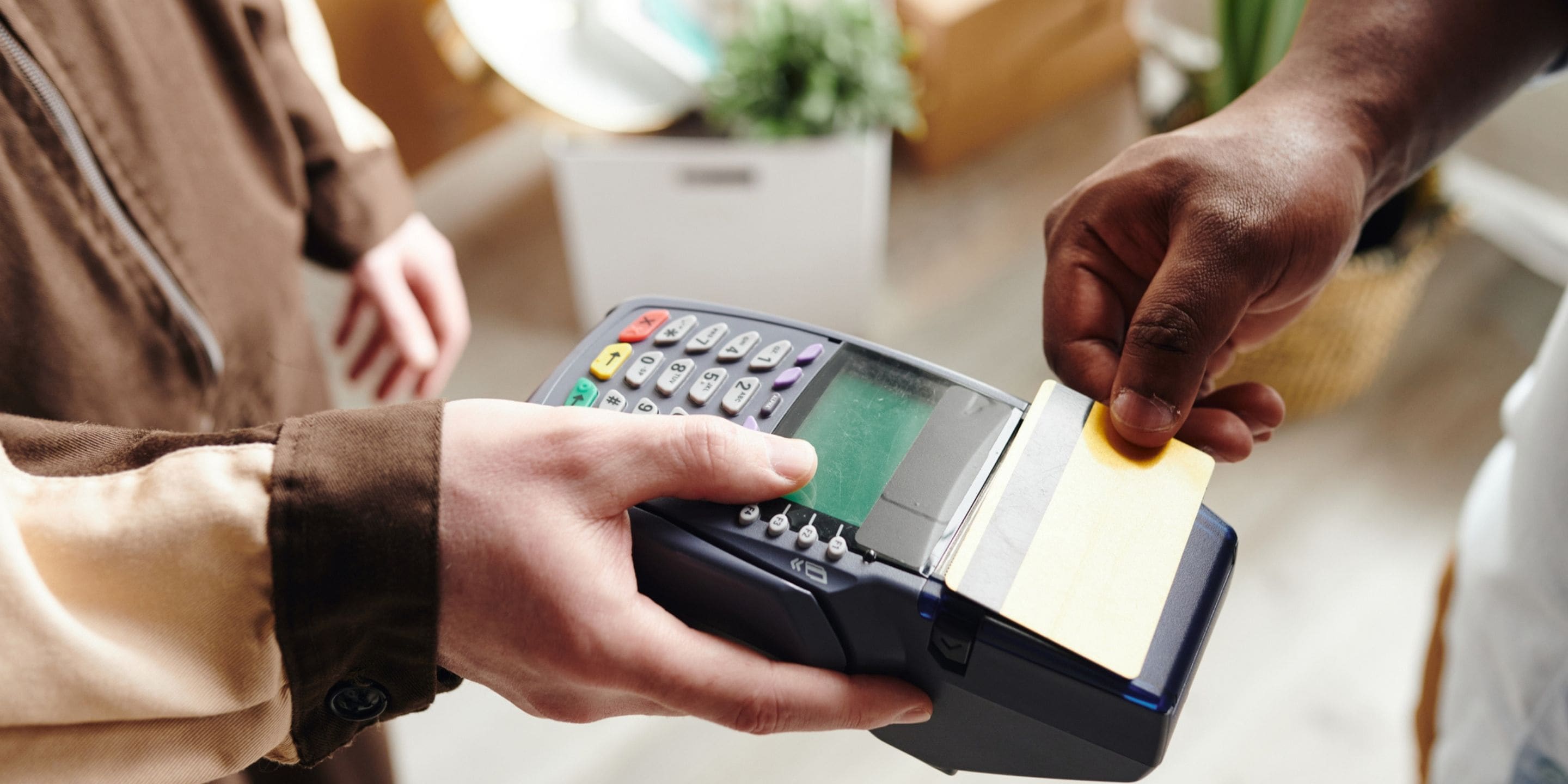-
Global
-
Africa
-
Asia Pacific
-
Europe
-
Latin America
-
Middle East
-
North America
- |
- BUSINESSES
- |
- Contact
- |
-
Global
-
Africa
-
Asia Pacific
-
Europe
-
Latin America
-
Middle East
-
North America
- |
- BUSINESSES
- |
- Contact
- |
You are browsing the product catalog for
You are viewing the overview and resources for
- News
- Holiday Shopping: What’s Different This Year
Holiday Shopping: What’s Different This Year
It’s expected to be a year of record sales for holiday spending. Here’s what it means for retailers and shoppers.
What are you giving this season? And where are you swiping your cards?
The National Retail Federation is forecasting that this year’s winter holiday spending will see an increase between 8.5% and 10.5% over 2020, which is expected to be between $843.4 billion and $859 billion.
With an expected uptick in sales, here’s what’s happening in retail this holiday season.
More People Are Shopping In Stores
The number of people who shopped in stores over the five-day shopping period from Black Friday through Cyber Monday this year increased compared to 2020, according to the National Retail Federation and Prosper Insights & Analytics.
Retailers reported an increase in foot traffic: approximately 104.9 million shoppers visited stores this year compared to 92.3 million in 2020.
Fewer people shopped online this year during the same five-day period, according to the National Retail Federation. There were 127.8 million online shoppers this year compared to 145.4 million in 2020.


The changing landscape of the pandemic may be playing a role in drawing in more in-person shoppers than last year, as vaccination rates increase in some communities and as vaccines are made available to more people.
Some shoppers may also be choosing not to buy their gifts online because of inventory or timing.
Karen Bomber, our retail strategy and technology expert with more than two decades in the industry, said that some shoppers are heading to stores when they can’t find what they want online.
“People will go to brick-and-mortar stores when the online delivery date is too far out. People want assurance,” Bomber said. “We will still have the December 24 shopper.”
For retailers, this means that inventory accuracy is crucial.
“Expectations of going into a store and finding exactly what you see online are high,” Bomber said.
“Gone are the days where you go in store and online and see two separate inventories,” she continued. “The integrated supply chain of what’s in stores and what’s online has accelerated, and retailers have had to adapt to that this holiday season faster than they ever thought they would.”
More People Are Giving Digital Gift Cards
Gift cards have been decreasing in popularity in recent years, but two types have emerged as top choices: gift cards for online-only retailers, and gift cards for grocery stores.
Both are centered around convenience, which is something that customers expect at all parts of the shopping experience now, Bomber said.
Digital gift cards for online stores eliminate the need for a physical card – and you don’t have to go to a brick-and-mortar store to use them.
A gift card to someone’s favorite supermarket is also a popular gift because of the practicality – and because many grocery retailers have upgraded their online experiences.
“Online grocery shopping has improved immensely and become more user-friendly for consumers throughout the pandemic,” Bomber said.
This Year’s Gifts Are About Entertainment – But Not Experiences
A trend from 2020 has spilled over to this year’s holiday shopping landscape: gifts that help people stay entertained. Think smartphones, laptops and high-quality headphones.
“In 2020, we saw the return of gifts that provided entertainment: electronics, board games, puzzles and at-home science experiments,” Bomber said.
She continued: “The gifts are different this year. People are gifting high-end electronics, but there’s still a surge in self-entertaining.”
Bomber said that giving the gift of an experience – like tickets for a concert or flight – is still not as popular of a choice as it was pre-pandemic. She predicts that it may be another year until there’s a surge in those gifts.
For now, people still want to open a present, she said.
Copyright © 2026 Honeywell International Inc.



